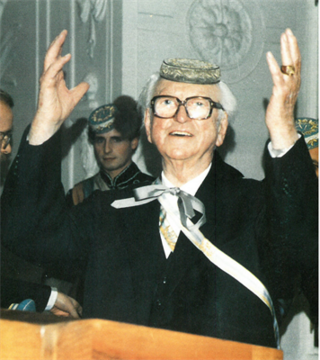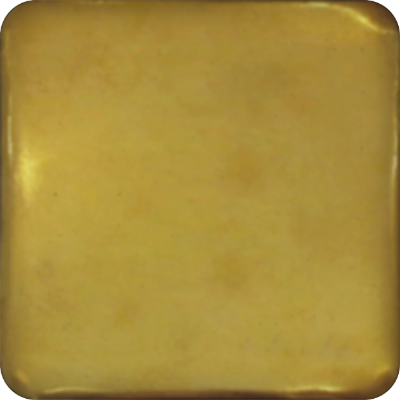DI Dr. Clemens Holzmeister

Personalia
Born:
Died:
Profession:
Persecution:
Dismissal in 1938, exile to Turkey in 1938
Memberships
Curriculum Vitae
Clemens Holzmeister came from a Tyrolean family of hammer smiths and was born the son of a coffee plantation owner. The family emigrated to Brazil in the middle of the 19th century and became wealthy there. Holzmeister's father returned to Tyrol as a private citizen in 1876. As he was a Brazilian citizen, Holzmeister also became one. This spares him from having to take part in the First World War.
Holzmeister attends secondary school in Innsbruck, where he joins the Cimbria Innsbruck secondary school fraternity. After completing secondary school, he began studying civil engineering and architecture at the Vienna University of Technology in 1906 (Dipl.-Ing., Dr. techn. 1919), where he joined the Norica student fraternity.
Clemens Holzmeister made a name for himself as an architect in the interwar period. Because he was one of the most important contemporary church architects, he was appointed President of the General German Catholic Congress in Vienna in September 1933. This position is significant because this Catholic Day is also dedicated to the 350-year commemoration of the liberation of Vienna from the Turks in 1683 and because Holzmeister has close ties with Turkey as an architect in the meantime.
In 1934, Clemens Holzmeister is appointed a member of the Vienna City Council, a position he holds as a representative of art until March 1935. From November 1934 to March 12, 1938, he was a member of the State Council.
After Clemens Holzmeister had to give up his work in Düsseldorf in 1933 following the Nazi takeover, he devoted himself entirely to his professorship at the Vienna Academy of Fine Arts, of which he was Rector from 1931 to 1933 and from 1935 to 1937 (in between he was Vice Rector).
In 1927, Clemens Holzmeister was commissioned to build the Ministry of War in Ankara. This was followed in 1937 by one for the parliament building there, and later for the residence of Turkish state founder Kemal Atatürk. He also built the Ministries of Economy, the Interior and Agriculture as well as the Supreme Court and the Austrian legation in Ankara.
Due to his contacts with Turkey, Holzmeister often spent time there. By chance, he was already in Ankara on March 3, 1938. After he was removed from all his functions in the now "Ostmark" after the Anschluss - in particular from his professorship at the Academy - he remained in exile in Turkey. In July 1939, he was reprimanded for his membership of the CV and as a supporter of the "corporative state" and finally dismissed with half of his pension through forced retirement.
In 1939, Holzmeister spent six months in Brazil, but returned to Turkey and was a professor at the Technical University in Istanbul from 1940 to 1949. There he was also in contact with resistance circles and other exiles from Austria.
After the war, Clemens Holzmeister was invited to return to Austria in 1945, but it was not until 1954 that he resumed his work as a professor at the Academy of Fine Arts, where he was rector from 1955 to 1957. Although he retired in 1957, he continued to lead the master class for architecture until 1961.
Places
Residence:
Citations
Biolex des ÖCV unter www.oecv.at/biolex; Stand: 16.09.2022.
